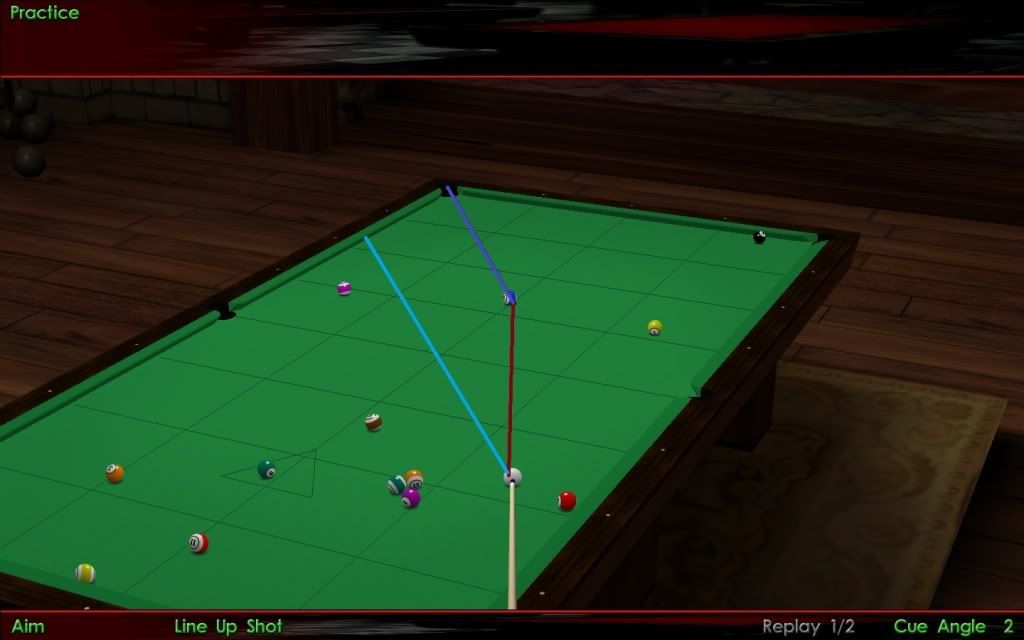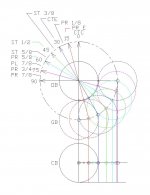Like PJ, I disagree with this. Every aiming system requires feel because the systems don't totally define a precise set of mechanical steps to arrive at each cut angle exactly. Also, even if a procedure were totally precise and clear, "visual intelligence," perception, and judgement are still involved. We are not precision robots ... we are humans. Perception, experience, intuition, and feel are a big part of everything we do at the table.
I personally think CTE, and Pro-One in particular, is better described as a consistent
pre-shot routine, and not as an
aiming system. There are definite benefits to using a pre-shot routine like Pro-One. A consistent and purposeful pre-shot routine helps somebody learn how to aim. The pre-shot routine doesn't do the aiming for you, but it can help you learn to aim more efficiently and more quickly. It can also help you create accurate and consistent
alignment and
sighting.
"Aiming" systems like CTE and Pro-One also provide additional
benefits to some people, but the systems don't provide the aiming line, the person does this through their perception and judgement (AKA "feel").
I think if we called Pro-One a "pre-shot routine" and not an "aiming system," there would be a lot more agreement in threads like this.
Regards,
Dave

